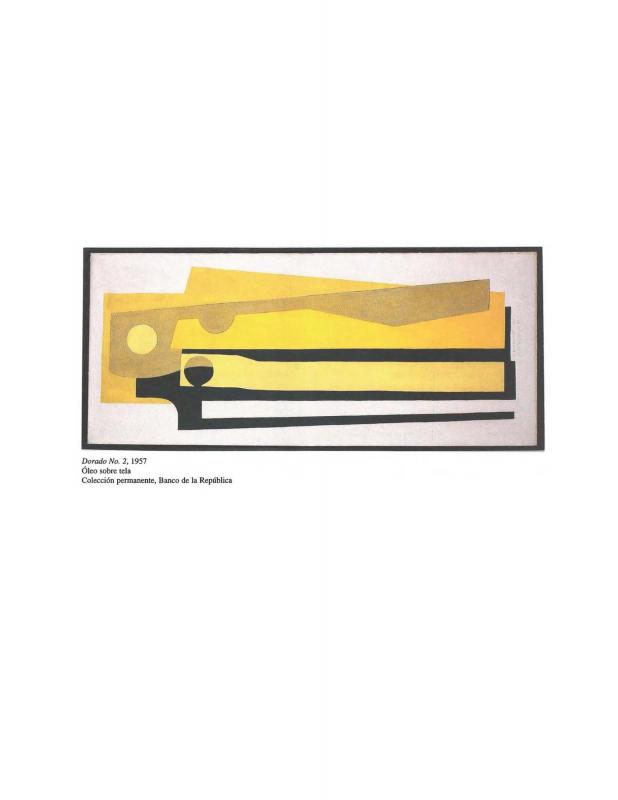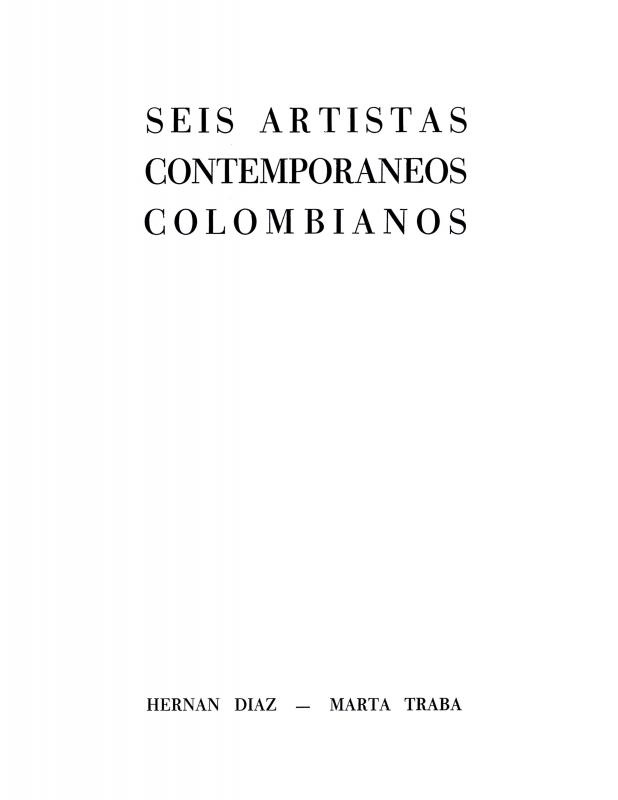Within the literature on Colombian painter and sculptor Eduardo Ramírez Villamizar (1922–2004), this text by Austrian historian and art critic Walter Engel (1908–2005) is particularly significant for two reasons. First, because it—along with “El arte clásico de Eduardo Ramírez Villamizar” by Polish-born critic Casimiro Eiger [see doc. no. 1093722] and “Un poder ordenador” by Marta Traba [see doc. no. 1093674]—describes Ramírez Villamizar’s abstract work as self-referential, wholly rational, and entirely focused on the question of form. In other words: “Pure and unconditional art. Functionless, with no trace of memory or association except with the eternal and the beautiful, with harmony in all realms […] beyond all real phenomena.” Indeed, this appreciation of Ramírez Villamizar’s art would inform how it was seen for a long time.
The text is also important because it discusses the relationship between Ramírez Villamizar and architecture. In Engel’s view, Ramírez Villamizar’s work, especially his reliefs, is “architecture itself.” Significantly, Ramírez Villamizar did in fact study architecture at the Universidad Nacional de Colombia, an experience that had a resounding influence on his work. Engel’s descriptions of the most emblematic murals and large-format reliefs that Ramírez Villamizar installed in public and private spaces in Colombia emphasize an architectural approach to space, that is, an interest in finding a balance between the works and the space around them. One clear example of this is Mural Horizontal y Curvo [Horizontal Mural and Curve] on the façade of the music hall of the Biblioteca Pública Luis Ángel Arango in Bogotá (1964). Indeed, a photograph of this mural illustrates Engel’s text. This work heeds the hall’s architecture, specifically its curved wall. Owing to a window in front of the relief, the work can be seen from outside the library. The piece is completely white, and therefore produces a subtle interplay with the walls without upsetting the balance within the space. The relief largely consists of seven parallel lines that run the full length of the wall (approximately four meters), which is reminiscent of a musical staff or a string instrument. This suggests that Ramírez Villamizar’s work reflects not only formal aspects of the space, but also considers its function and conception. In this sense, it shares an architectural approach.


